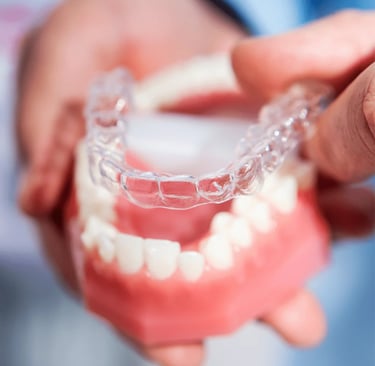Clear Aligners in Cleft Lip and Palate Patients: Navigating Complex Orthodontic Needs
Orthodontic treatment for patients with cleft lip and palate presents a unique set of challenges due to the complexities of craniofacial anomalies and associated dental irregularities. Traditionally, fixed appliances such as braces have been the primary choice for managing these cases. However, advancements in clear aligner technology have opened new possibilities for their use in treating cleft-related conditions. This article explores the feasibility of clear aligners for cleft lip and palate patients, supported by insights from recent 2024 research.
Azeem Jameel
11/20/20243 min read


Clear Aligners in Cleft Lip and Palate Patients: Navigating Complex Orthodontic Needs
Orthodontic treatment for patients with cleft lip and palate presents a unique set of challenges due to the complexities of craniofacial anomalies and associated dental irregularities. Traditionally, fixed appliances such as braces have been the primary choice for managing these cases. However, advancements in clear aligner technology have opened new possibilities for their use in treating cleft-related conditions. This article explores the feasibility of clear aligners for cleft lip and palate patients, supported by insights from recent 2024 research.
Challenges in Utilizing Clear Aligners for Cleft Lip and Palate Patients
Patients with cleft conditions face multifaceted challenges that can complicate aligner-based treatment:
Craniofacial Complexity: Cleft lip and palate often result in asymmetrical dental arches, alveolar bone defects, and malocclusion. These structural irregularities can affect aligner fit and predictability of tooth movements.
Severe Malpositions: Rotations, extrusions, and bodily tooth movements, common in cleft cases, may exceed the biomechanical limits of clear aligners without adjunctive interventions.
Surgical Dependencies: Many patients undergo procedures such as alveolar bone grafting and maxillofacial surgery, which can impact orthodontic treatment timelines and necessitate interruptions in aligner wear.
Retention and Compliance: Given the reliance on patient adherence for aligner effectiveness, compliance can be a potential barrier, particularly in younger patients or those undergoing multidisciplinary care.
Potential Advantages of Clear Aligners for Cleft Cases
Recent developments in clear aligner systems have improved their applicability, offering several benefits:
Aesthetic and Psychological Appeal: Aligner treatment is less conspicuous than braces, making it a preferable option for adolescents and adults concerned about their appearance during orthodontic treatment.
Enhanced Oral Hygiene: The removable nature of aligners allows for better oral hygiene maintenance, reducing the risk of caries and periodontal disease—critical considerations in patients with cleft conditions.
Customizable Treatment Options: Advances in 3D printing and digital treatment planning enable aligners to be tailored to accommodate missing teeth, prosthetics, or scarred tissue.
Reduced Tissue Irritation: Aligners are less likely to cause discomfort or irritation in areas with scar tissue, providing a more comfortable treatment experience.
2024 Insights into Clinical Application
Recent studies have examined the effectiveness of clear aligners in cleft patients, highlighting critical considerations:
Integration with Adjunctive Appliances: Attachments, elastics, and mini-implants can be incorporated into aligner treatment plans to enhance control over complex tooth movements.
3D Imaging and AI-Based Planning: Modern CAD/CAM systems and AI-powered software allow orthodontists to simulate and optimize treatment outcomes, even in cases with challenging anatomy.
Interdisciplinary Coordination: Successful aligner treatment requires close collaboration with surgical and prosthodontic teams to synchronize orthodontic care with ongoing cleft management.
Selective Application: Aligners have demonstrated efficacy in managing mild to moderate malocclusions in cleft patients. Severe skeletal discrepancies and extensive arch expansions may still necessitate fixed appliances or a hybrid approach.
Future Directions and Innovations
Emerging technologies and ongoing research in 2024 point toward expanding the scope of clear aligners in cleft orthodontics:
Hybrid Treatment Models: Combining aligners with traditional braces or custom-designed orthodontic appliances may address complex cases more effectively.
Next-Generation Materials: Development of aligners with enhanced elasticity and durability could improve adaptability for irregular dental arches.
Patient-Specific Protocols: Advances in machine learning are enabling the creation of highly individualized treatment protocols based on patient-specific anatomical and biomechanical data.
Clinical Trials: Long-term, randomized controlled trials are underway to validate aligner efficacy and safety in cleft patients, providing a stronger evidence base for clinical application.
Conclusion
Clear aligners offer a promising adjunct to traditional orthodontic care for cleft lip and palate patients, particularly in cases with mild to moderate malocclusions. While their role remains limited in managing severe anomalies, advancements in technology and interdisciplinary collaboration are enhancing their feasibility. With continued innovation and research, clear aligners may become an integral part of the comprehensive treatment protocols for cleft-related conditions.

Connect
Social Accounts
+1 830 7451 586
Building 595, Block H3, Phase 2
Johar town, Lahore Pakistan
Address
Mail at:
Call at:


ClearCare Ortho offers premium-quality, exceptionally clear, and affordable orthodontic aligner treatments worldwide.
© 2023 Copyright ClearCare Ortho All Right Reserved.
info@clearcareortho.com
